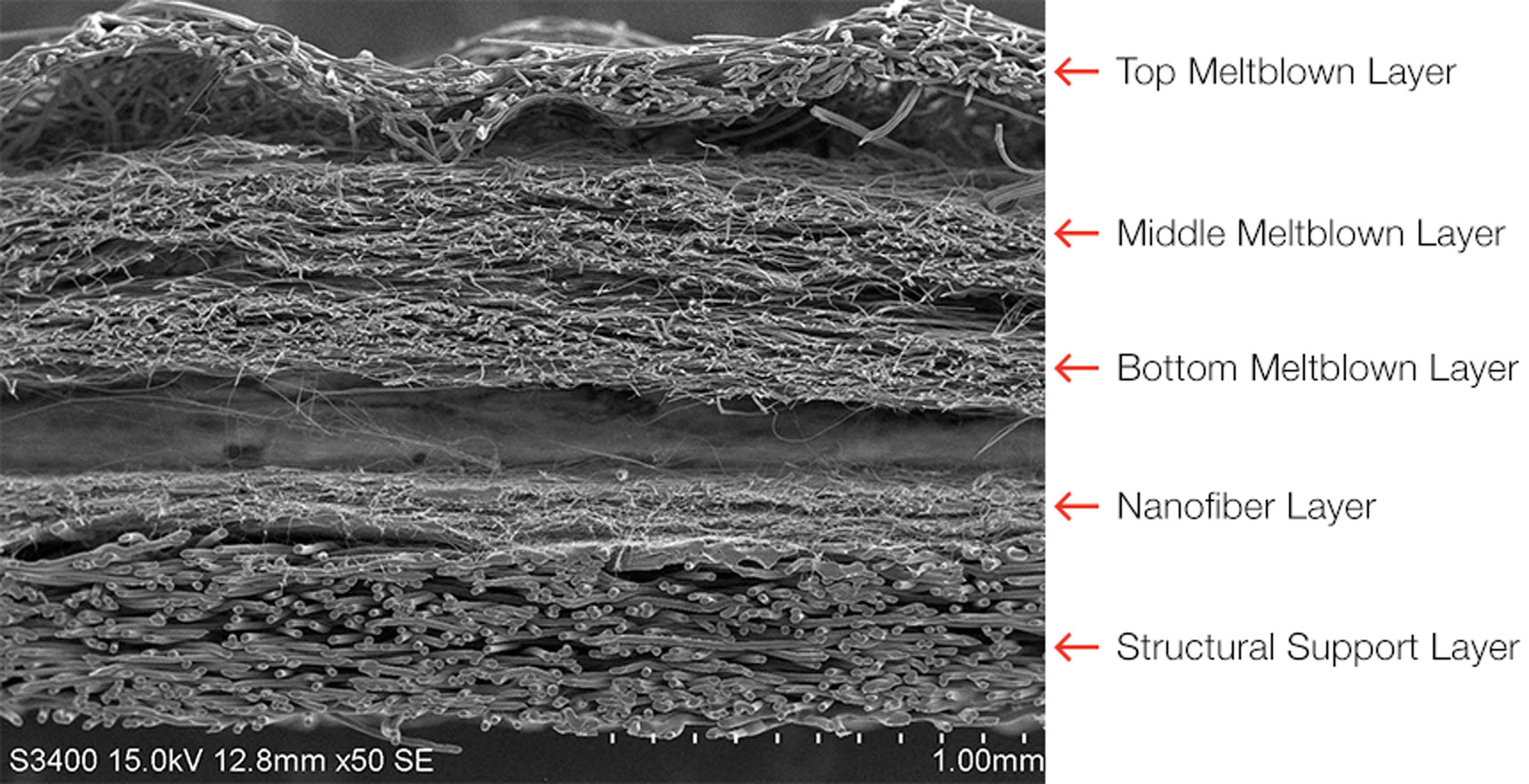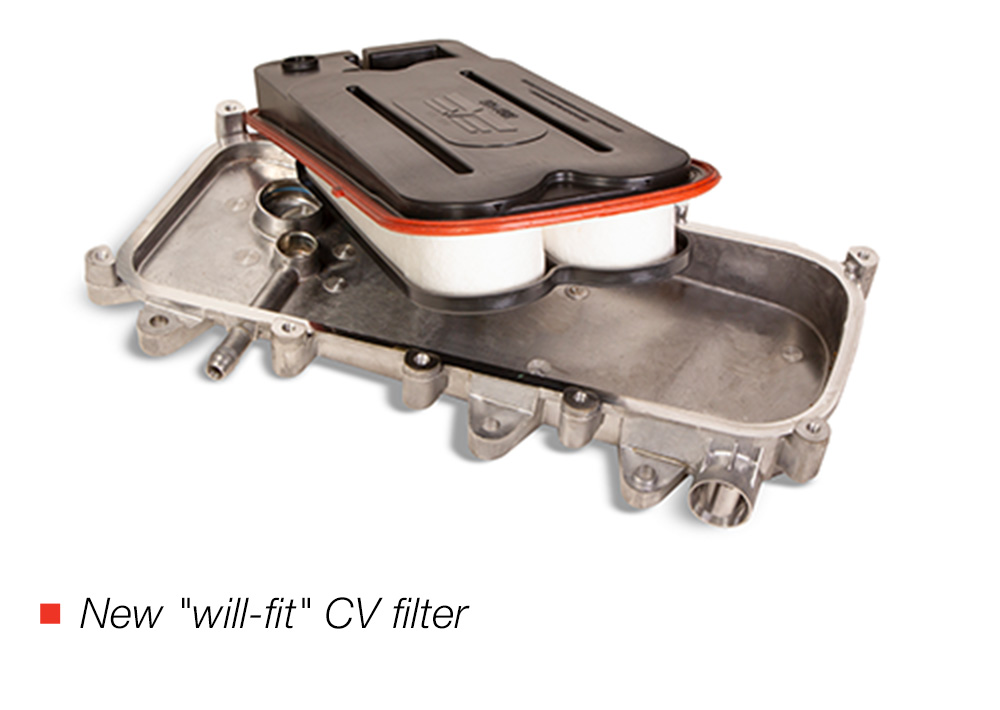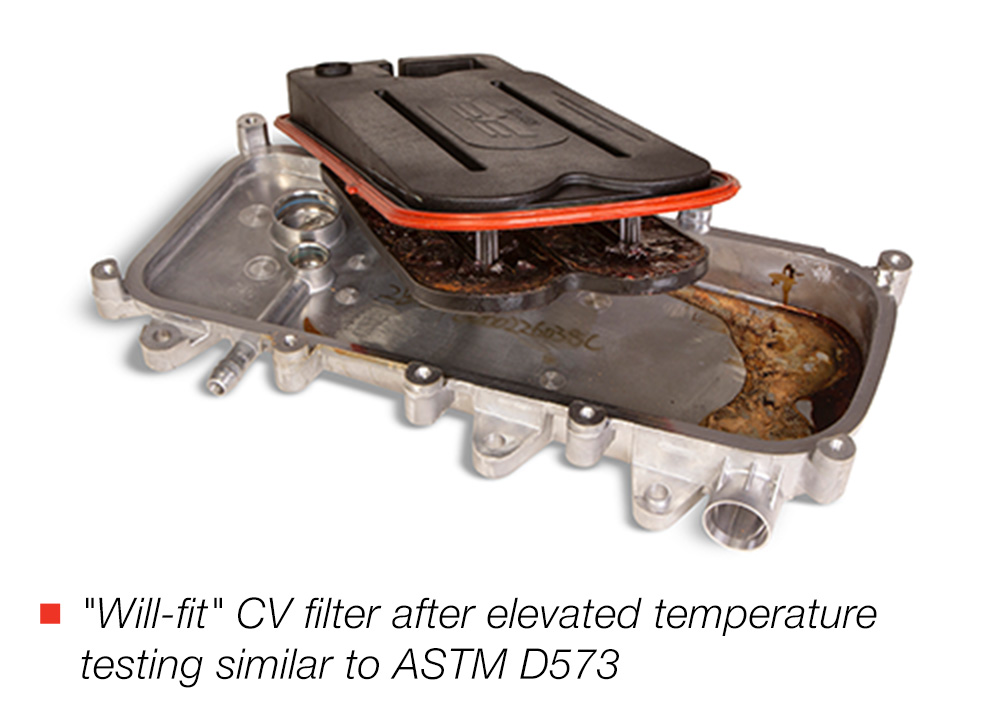
Basic knowledge about engine and equipment filtration is not always the full story. To extend maintenance intervals and equipment life — and enhance performance — it’s helpful to uncover and better understand some of the industry’s little-known issues.
Time is money and knowledge is power; keeping you up and running is our ultimate goal. So we’re highlighting five dirty secrets about filtration that can impact the performance of your equipment. They include:
1. Bulk Fuel Can Be Dirtier Than Industry Standards
2. Additives Can Plug Fuel Filters and Limit Performance
3. “Will-Fit” CV Filters Can Cause Leaks, Drips and Engine Damage
4. The Hidden Costs of Cheap Coolants
5. Industry Standards Don’t Always Reflect Real-World Needs
The information and recommendations included here will enable you, your business and your team to increase your overall knowledge about filtration systems so you can avoid equipment damage and unplanned downtime.
Achieving higher engine performance and longer fuel system life requires minimizing fuel contamination, especially with biodiesel blends and ultra-low sulfur diesels. In general, cleaner fuel means higher fuel economy and lower operating costs.
But not all fuel is as clean as you think.Diesel fuel leaves refineries in accordance with established industry cleanliness standards, but there are multiple opportunities for contamination during transportation and handling:
- At each transfer point — from pipeline to tank, and from bulk storage to equipment — dust, dirt and air come into contact with the fuel inside tanks and hoses.
- Water from condensation can accumulate inside tanks, which can lead to corrosion and microbial growth.
So what should you do?
If you use bulk fuel, your first line of defense is utilizing filtration at storage and transfer facilities to ensure that the cleanest fuel possible reaches your equipment. In addition to removing particulate matter (PM), bulk filtration removes water that enters diesel due to condensation inside the tanks. This prevents the corrosion of engine parts and deters microbial growth in the fuel which can plug filters, causing significantly decreased engine performance and increased unplanned maintenance.
Many off-engine fuel filters from Fleetguard may be used to filter fuel as it is transferred from bulk tanks to vehicles. They incorporate StrataPore™ synthetic media to maximize protection for bulk filtration and recirculation applications.
And don’t forget about your fuel transfer hoses, fill nozzles and fuel tank caps. They need to be kept clean and properly stored when not in use.
In addition, a high-quality fuel filter on each piece of equipment is recommended. High-quality filters can remove dust, debris and other hard particles as small as 4 microns (μm) that can scratch the precision injectors and high-tolerance components found in today’s advanced engines.
Examples include on-chassis, remote-mount fuel filters from Fleetguard that separate water for on-highway, off-highway and stationary equipment. On-engine Fleetguard filters such as the FF63054NN premium spin-on fuel filter include NanoNet® high-performance filtration media to reduce the number of harmful particles in the engine’s fuel injectors. Its unique design delivers maximum protection with multiple media layers.
Learn more about the broad range of fuel filters available from Fleetguard.
Additives are sometimes used by fuel suppliers to improve the flow of diesel fuel through pipelines, transfer points and storage tanks. They also may be used in bulk storage to inhibit corrosion and deter microbial growth. Equipment operators also may add them to enhance engine protection.
But here’s the dirty secret: these additives can inadvertently plug fuel filters.
Fuel additives can introduce unintended soft (organic) contaminates that can plug filters. They can react with metals like sodium and calcium, which enter the fuel system due to improper handling, and leave behind unwanted carboxylates/soaps. Cold flow improvers can be insoluble and lead to filter plugging.
Over time, the buildup will choke the fuel flow rate and limit engine performance.
Because of this, if you are using additives, it is important to introduce them sparingly and cautiously.
Overuse can shorten maintenance and replacement intervals for fuel filters, potentially increasing maintenance costs and equipment downtime. And if the proper replacement filter or a service technician is not available, the costs can quickly escalate.
So what’s to be done about it?
If you use bulk fuel, consider adding a filtration system to reduce contaminants. Off-engine filters, such as the FF246 fuel filter cartridge, prevent contaminants from reaching the moving parts in your engine and support longer service intervals.
If you use fuel additives, carefully monitor the service life of fuel filters and inspect them closely to determine when maintenance is needed. If you see sticky compounds, it may be due to the additives.
Another critical step: select aftermarket fuel filters with superior media that capture contaminants as small as 4 µm. Replace them at the regular intervals recommended by the engine original equipment manufacturer (OEM).

Ongoing transients such as vibration, flow surge and pressure fluctuation can release captured particles from conventional fuel filter media. The released particles can negatively affect fuel system performance and durability.
Fleetguard filters made with superior nanofiber technologies are 10 times more effective than competitive products at removing and retaining particles, all in media no thicker than a U.S. dime.
Source: Fleetguard
Properly fitted crankcase ventilation (CV) filters remove oil from engine crankcase gases (i.e., blow-by) generated from normal engine operation. Your diesel engine blow-by should contain minimal oil aerosol before routing to the turbocharger (closed system) or directly to the atmosphere via the vent hose (open system). Benefits include reduced emissions (drips and aerosol) and oil consumption while maintaining peak engine performance.
But not all aftermarket CV filters can take the heat.
Superior-quality CV filter media withstands high engine heat that can melt the media found in some will-fit CV filters. The melted material can clog the drain line or block engine ports. This could lead to reduced power and higher crankcase pressure, which causes leaks, increased oil use and reduced fuel economy.
Inferior CV products may void OEM warranties and emissions standards.
Advanced CV filtration products can stand up to the heat while removing the oil aerosol particles typically found in diesel engine blow-by.
Look for CV filters that feature unique polymer webs with varied fiber sizes that protect the air intake system and the environment. They’re designed to keep turbochargers and heat exchangers clean to prevent leaks and minimize the amount of crankcase oil vented from the engine, thus reducing oil consumption. An example is the Fleetguard CV50634 crankcase ventilation system, which is found on nearly every major make of on-highway and industrial diesel and natural gas engines in North America and Europe.


When exposed to high heat, sub-standard or non-genuine filter media may melt and deposit in the housing. Melted material can lead to catastrophic engine damage.Source: Fleetguard
Nearly 40% of all engine problems originate in the cooling system; it’s an aggressive environment of high velocities and temperatures. Corrosion, scale buildup and cylinder liner damage caused by cavitation can result in leaks, premature engine wear and equipment failure.
So what’s the right coolant for your engine?
Three types are available and all can provide adequate protection: conventional, hybrid or organic acid technology (OAT). Almost all coolants will meet the automotive standard, ASTM D3306; almost all heavy-duty diesel coolants will meet the HD standard, ASTM D6210— when OEM maintenance recommendations are followed. But that doesn’t mean you can just “fill it and forget it.”
Although conventional coolants are the least expensive to purchase, they require more monitoring and maintenance of additives, increasing costs. They also require more frequent replacement. Hybrid coolants such as Fleetguard CC2825 ES Compleat™ combine conventional and OAT technologies to provide superior liner protection and extend service intervals.
OAT coolants are the most expensive upfront, but they require no additives and generally last longer without maintenance. ES Compleat™ OAT coolant from Fleetguard provides superior anti-freeze and anti-boil protection for 1 million miles. It’s a lifetime, heavy-duty, fully formulated coolant that deters liner pitting and corrosion and is compatible with gaskets, elastomers and other metallics in the engine.
When OEM recommendations are not followed, hidden expenses can crop up. These can range from needing to replace leaky seals damaged by high temperatures to corrosion that impacts engine performance. Equipment operators risk unplanned downtime for unscheduled maintenance or major repairs.
Equipment operators must inspect and test engine coolant on a regular basis. Coolant also must be periodically replaced following OEM instructions to ensure full system protection against corrosion and scale buildup on heat exchangers.
The useful life of a coolant ends when the chemical additives in the coolant are outside acceptable limits; this is typically caused by improperly topping off with a concentrate or water only and not maintaining the proper additive levels in the coolant.
So how do you know if your coolant is still good?
Monitoring tools can help to determine if the coolant meets these limits. Dip and read test strips at least twice a year to determine glycol and additive levels, and water quality. Refractometers are used to identify the freeze point. In addition, OEMs and third-party laboratories offer more detailed coolant analysis. It’s recommended to be done at least once a year.

Source: Fleetguard
Engine and equipment industry leaders have established filtration testing standards for fuel, air, lubricants and other fluids. Standards such as ISO 19438, SAE J905 and ISO 5011 serve an important purpose but represent the minimum performance levels or ranges.
To be clear, we helped create the standards along with testing methods used to confirm compliance. We support them and in fact test our products in accordance with them.
But like many industry standards, they lag behind the latest technologies and trends. For example, current standards do not factor in the most recent advancements in high-pressure common rail (HPCR) fuel injection systems, renewable fuels and stricter emissions regulations. They also don’t take into account all of the real-world conditions that impact filtration performance.
So if industry standards just establish the baseline, how do you know what filter or coolant to select?
Certainly, the first step is to review the OEM specifications for aftermarket products. Ask suppliers whether the replacements they offer meet the OEM’s specs and make sure they comply with the relevant industry standards.
But don’t stop there. Some OEMs perform additional testing to validate the performance of filtration products under conditions that industry standards don’t address. These may include factors such as temperature, vibration and fuel surge. (For example, Fleetguard performs 14 proprietary tests to confirm performance beyond the minimum industry standards.) Talk with your supplier to determine if any of these factors may impact the filtration performance on your equipment and then look for products that have been developed with those in mind.
Where can you get expert advice to help you answer questions about these five filtration industry secrets and more?
You can be confident that your engines and equipment will go further — with the right information and superior technologies available from Fleetguard. And you’ll safeguard your systems and enhance their performance because Fleetguard continually innovates so you can meet ever-changing requirements. We perform rigorous testing under real-world conditions to ensure you stay up and running.